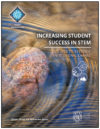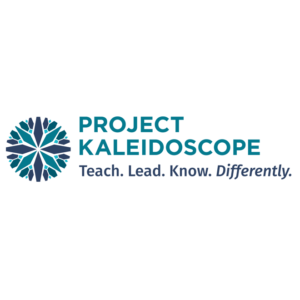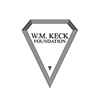Report | Paper | Research Team | Background & Goals | Research Design | Partner | Funder
Final report
 Increasing Student Success in STEM
Increasing Student Success in STEM
Susan Elrod and Adrianna Kezar (2016)
This publication is for faculty, administrators, and other academic leaders who are poised to mount comprehensive STEM reforms to improve student learning and success, particularly for students from underrepresented groups. Based on the experiences of eleven colleges and universities in the Keck/PKAL STEM Education Effectiveness Framework project, the guide contains advice on getting started, team and leader development, project management, and sustaining change. It also includes benchmarks, key questions for analysis, timeline information, challenge alerts to help anticipate common roadblocks, and a rubric to help campus teams gauge their progress. Examples from case studies developed by campus teams who participated in the project provide real-world illustrations.
Available in print and electronic formats from AAC&U for $25 ($15 for members)
Paper
Kezar, A., & Elrod, S.L. (2012). Facilitating interdisciplinary learning: Lessons from project kaleidoscope. Change: The Magazine of Higher Education, 44(1): 16-25. https://doi.org/10.1080/00091383.2012.635999
Research Team
Adrianna Kezar
Project Lead and Principal Investigator
Sean Gehrke
Co-investigator
Background and Goals
Now What? An Institutional STEM Effectiveness Framework for Bringing National Recommendations to Scale was a four-year project designed to develop a comprehensive institutional STEM Effectiveness Framework to help campus leaders translate national report recommendations into scalable and sustainable institutional actions that improve recruitment, access, retention, learning and completion for all students in all STEM disciplines. The project ran from 2012 to 2016.
The goal of the Framework is to foster organizational learning by assisting institutions in identifying gaps in their STEM-related performance and creating interventions for improvement. The Framework is comprised of two parts: 1) an institutional readiness audit and 2) a rubric with benchmarking tools for evaluating educational effectiveness in STEM. The Framework also contains research-based resources and specific recommendations for different institutional goals (e.g., first year student success, graduation rates for minority students) and characteristics (e.g., institutional type, student body, location). It also includes an analysis of barriers and challenges overcome by participating campuses.
The Now What? project was part of the Keck/PKAL Guide to Systemic Institutional Change in STEM Education, an initiative of the Association of American Colleges and Universities’ (AAC&U) STEM higher education reform center, Project Kaleidescope (PKAL). The initiative aimed to develop a comprehensive, institutional model to help campus leaders plan and implement evidence-based reforms geared toward improving student learning and success in STEM into scalable and sustainable actions.
Research Design and Method
Participating campuses from across California, led by PKAL personnel and Kezar, contributed to the development, testing and evaluation of the Framework, based on their institutional experiences, priorities and actions carried out over the project period. Campuses teams worked together to use the developed Framework to make progress toward reaching campus STEM learning and student success goals.
- Year One: Project teams spent six months working on their campuses to develop and refine a component of a Framework draft that best matched their institutional context, experience and priorities.
- Year Two: A revised Framework was tested on each campus as they completed audits and developed plans for using the rubric and benchmarking tools. A diverse team of faculty, staff and administrators carried out this work on each campus.
- Year Three: Feedback on the usefulness of the Framework for planning and making progress toward reaching improved STEM learning and success was collected, and a final Framework and analysis of its use was completed.
- Year Four: A final version of the Framework was disseminated and published with campus case studies, methods and other useful resources for implementing change using the Framework.
Partner
 Project Kaleidoscope (PKAL) is AAC&U’s STEM higher education reform center dedicated to empowering STEM faculty, including those from underrepresented groups, to graduate more students in STEM fields who are competitively trained and liberally educated.
Project Kaleidoscope (PKAL) is AAC&U’s STEM higher education reform center dedicated to empowering STEM faculty, including those from underrepresented groups, to graduate more students in STEM fields who are competitively trained and liberally educated.
Funder
 The W.M. Keck Foundation awarded a grant to PKAL to fund a multi-year project to develop a framework for higher education institutions to engage in organizational learning while improving STEM effectiveness. The foundation promotes inventive approaches to instruction in undergraduate education, in the belief that a high-quality, well-rounded college education is vital for tomorrow’s leaders.
The W.M. Keck Foundation awarded a grant to PKAL to fund a multi-year project to develop a framework for higher education institutions to engage in organizational learning while improving STEM effectiveness. The foundation promotes inventive approaches to instruction in undergraduate education, in the belief that a high-quality, well-rounded college education is vital for tomorrow’s leaders.
